St. Dunstan, as the story goes, / Once pull'd the devil by the nose
May 19: St. Dunstan's Day
St. Dunstan, as the story goes,
Once pull'd the devil by the nose
With red-hot tongs, which made him roar,
That he was heard three miles or more.Folk rhyme
Welcome! Whether you’re a longtime friend or a new kindred spirit here (I recommend visiting the Village Green to get your bearings), I’m delighted to be a companion to you through the liturgical year.
Please enjoy this month’s focus: a practice of attention that encourages us to deeply explore one holiday within the context of the season.
For more to supplement the rest of your May days - including a special gathering with an author! - flip through the May Almanac.
Pax+bonum, Kristin.
» Printable Resources
Keeping a liturgical Book of Hours binder helps me to distill all of the inspiration I find, so I can easily look to the elements that have been most nurturing for our family & community.
Whether you’re adding to your resources or starting them fresh, this month’s packet is a sweet collection for St. Dunstan’s Day:
Cover page featuring a horse (see his little horseshoe visible there?), reminiscent of St. Dunstan’s metalworking…and monkshood flowers, dedicated to him.
Seven pages of prompts, information, & poetry (with illustrations and photos) to help you learn about this feast and reflect on how it intersects with your own life and landscape.
Paid members can find this (as well as my whole archive of printables) in the Scriptorium:
» Original Art
Inspired by St. Dunstan’s skill as a smith - and the devotion that generations of blacksmiths and goldsmiths expressed through his patronage - this whimsical meadow scene popped into my head.
St. Dunstan’s hammer is laid down & his anvil sits quietly, draped in Monkshood. It’s his feast day, after all, so it’s a time to rest in celebration while St. Dunstan’s Light1 burns brightly…
“[The Goldsmiths’ Company of London] had ‘St. Dunstan’s Light’ kept constantly burning in St. John Zachary’s Church, the cost of maintaining which formed an annual item in their Wardens’ accounts.2 They had a chapel also in St. Paul’s Cathedral.”
William Chaffers, Gilda Aurifabrorum: A History of English Goldsmiths and Plateworkers (1883)
This original watercolor painting is available for sale in my Etsy shop:
ORA ET LABORA
“[St. Dunstan] was a great artist, and he worked as well as he prayed. He had a workshop and a forge where he made organs and bells and censers and crosses and vestments for his church. No one was so clever a craftsman as he, and ages afterwards his handiwork was treasured up in different churches.”
Percy Dearmer, The Little Lives of the Saints (1904)
Born to a noble family around 910 AD “near where Glastonbury hill juts out from the beautiful Somersetshire plain,”3 Dunstan was educated by Irish monks & gravitated toward monastic life from a young age.
In his hand-built cell, St. Dunstan mingled his life of reflective prayer with artisanal craft work. Among his plethora of skills (he was a harpist, painter, & needleworker), St. Dunstan became proficient in the metalworking arts, forging pieces for use in the liturgy and in the landscape.
Called forth from his cell to engage more widely in the English Church, St. Dunstan alternately became a trusted counselor/exiled critic to a succession of Anglo-Saxon Kings, eventually being appointed the Archbishop of Canterbury in 960 AD.
Having weathered Viking invasions that devastated ordained religious and lay communities alike, St. Dunstan’s tenure as Archbishop was infused with his mission of reform…a fervent, post-invasion mending of monasticism, church life, and court life.
In the gauntlet of these turbulent years, St. Dunstan saw an opportunity to reimagine and invigorate pastoral presence: and the path forward was through work and prayer, seeing craftsmanship as a tangible language of faith.
He worked to reveal the Kingdom and combat evil through the arts and crafts…how fitting, then, to see legendary tales of St. Dunstan holding the devil’s nose with the very tools of his metalworking trade.
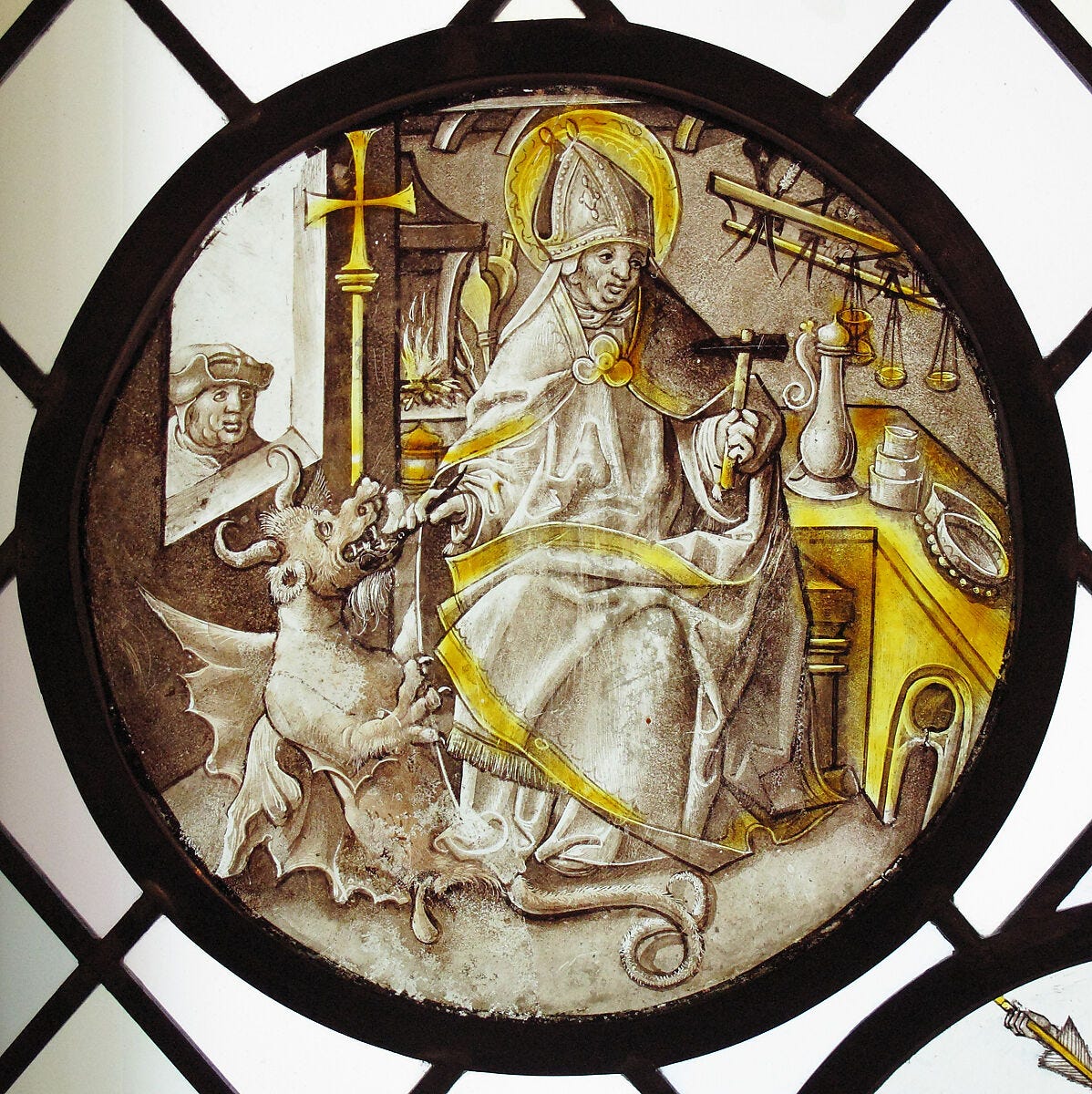
To St. Dunstan, our arts and crafts become the very means by which we hold darkness at bay and bring a measure of Christ’s safety and blessing to our community.
The stories of St. Dunstan’s encounters with evil tend to morph across time and region, but a few in particular have held fast in our communal memory…one involving the saint’s blacksmith tongs:
“While working at his forge and anvil on one occasion, a mysterious person entered his cell to give an extensive order for plate, but Dunstan discovered that his visitor was no less a person than the devil himself in disguise, on which he immediately took the red-hot tongs from the fire and seized [the devil] by the nose; the unexpected application made him roar and bellow so as to disturb the whole neighbourhood.”
William Chaffers, Gilda Aurifabrorum: A History of English Goldsmiths and Plateworkers (1883)
…and the other, a tale of horseshoeing the devil:
“There is a legend that the devil one day asked St. Dunstan, who was noted for his skill in shoeing horses, to shoe his ‘single hoof.’ Dunstan, knowing who his customer was, tied him tightly to the wall and proceeded with his job… Dunstan at last consented to release his captive on the condition that he would never enter a place where he saw a horse-shoe displayed.”
Ebenezer Cobham Brewer, Dictionary of Phrase and Fable (1898)
In the humble tools of craftspeople, St. Dunstan saw the means of reform. Tools were instruments of protection against evil, extensions of Christ’s lifegiving work; and though, filtered through time, this potentiality can lean toward superstition or idolatry, its core is a testament to embodied faith and incarnational theology.
The work we do with our hands, the assortment of tools we use to extend our influence, matters.
Through Jesus, we’re invited to live into an embodied faith. As we tend to our various crafts through tools, we likewise tend to our souls. God Incarnate is this pattern: the symbiosis of the physical and the spiritual.
St. Dunstan saw tools as vessels of divine creativity. Using them changes us. Using tools well - embodying our imagination, transferring ideas & visions to the physical world - can be a faithful shield against evil and, therefore, an extension of God’s light.
“More than anything else, Archbishop Dunstan set himself to reform the Church; for there had been for many generations a gradual decay of religion and learning. […] The Church was to become the great educator of the people, and every priest, instead of hunting and playing, was to learn a handicraft,4 that he might help others in the use of tools.”
Percy Dearmer, The Little Lives of the Saints (1904)
As St. Dunstan hammered away at metal, forming bells & censers for churches and bending shoes for horses, he led his reformation of the Church: tending, preserving, and refining the tools of liturgy and of land, of faith and farm alike.
LITURGY & LAND
Hail Dunstan,
glittering star, honorable pastor,
true light of the English people
and guide leading the way to God.Ave Dunstane, Presulum from the Durham Hymnal (11th c.)
Here on the farm, we don’t have horses to shoe - but we do have tractors in constant, rotating need of repair.
The horse is a living creature, of course - a partner in farm work, not a tool as the tractor is. Still, the tractor fills a role once exclusively occupied by horses, mules, or oxen:5 it’s a tool that helps to amplify and extend our efforts & labor on the farm.
And any time we use a tool, practice our chosen or assigned craft, we’re changed. The tool mediates and translates our ideas, and actually taking them out of the realm of concept and into the physical grafts us more deeply into our identity in Christ. Or…misuse of them can widen the gulf between ourselves and God.
In this dynamic - this dance between abstract thought and tangible physicality - St. Dunstan saw the way reform can be driven by the prayerful inclination toward craftmanship. Whatever our craft may be, our relationship to it impacts us profoundly.
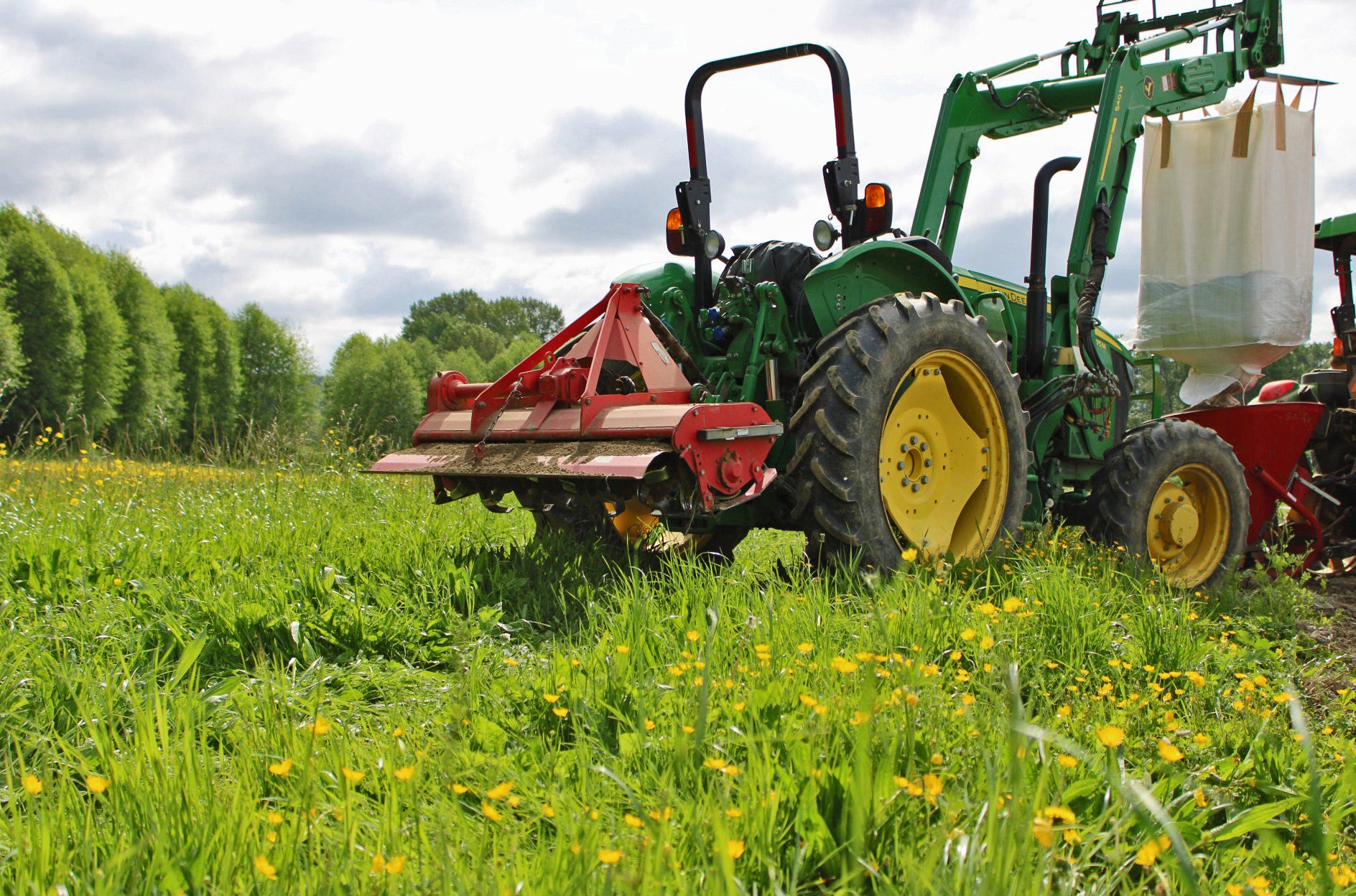
I asked my husband, David, about his favorite farm tool - our John Deere 5320:
“The 5320 has been there for all the parts of the farm. When you think about building the CSA, it was that tractor that prepped all the fields and put the hours in. It has this huge capacity - and as the farmer, you unleash its capacity.
“I’ve worked with that tractor for over a decade now. I’ve put thousands of hours into it. I always want to see another season with it - I know how it’s balanced, how it corners, what its idiosyncrasies are. The process of opening up a field, setting it, planting, harvest, putting it to bed - the tractor bookends all of those parts of the field’s life cycle.
“It’s given me the freedom to build the vision I see in my head. My understanding of the tool’s capacity has influenced my vision of how to lay out fields, how to harvest; my understanding of what’s possible on the farm is shaped by the capacity in the tractor.
“God said ‘By the sweat of your brow, you will eat your food.’ That we’ll work in the thistles. Sometimes the thistles are the weeds, sometimes they’re the tractor breakdowns, sometimes hardship. The tractor is the tool with which I sweat.
“It’s my bindlestick on the road back to Eden.”
-David
Like other tools - whether a paintbrush, Substack, or a hammer - the tractor is laden with potential. It can translate ideas to physical reality in tangible ways, an extension of vision and creativity. But, like all tools, it best serves our needs when used with consideration and mindful boundaries in place.6 The nature of our craft is, in part, shaped by the tools we use and how we engage with them.
The tools we use, the placement we give them in our lives, and the way we tend them impacts our souls.
It makes me wonder: what tools am I using to extend my impact in God’s world? How are these tools changing me? Have my tools or my craft become an idol, or are they in their proper place, helping me to co-create with the Lord? Is my work my prayer (ora et labora)…or is it a compulsion?
Do my tools have the devil by the nose…or is it the other way around?
Honestly, my answer to all this vacillates by the day and the moment. Building idols is pretty darn easy to do. I misuse tools daily.
My prayer, though, is that in practicing my crafts - however mundane - I would be working toward an echo of God’s incarnational pattern…imperfectly attempting to bring some level of beauty, truth, and goodness into our daily reality.
After all, I think the myriad crafts we all practice help to hold darkness at bay. It’s a moment by moment opportunity to incarnate God’s vision of creativity, order, and wholeness.
Every time we lift up the tools of our trade and put them to good work, we grab the devil by the nose with a pair of tongs and help light to flourish.
READ ON
BENEDICTION
‘Tis knowledge, and spirit, and worth,
Confer the true fame that will last;
So Dunstan’s name lives upon earth,
Through the thousand long years that are past.
Then here’s to our Saint and his nest,
Where he made the arch traitor look blue,
And a bumper to each noble guest,
As wise, and as bold, and as true,
Who pledge us to Dunstan’s renown!John Hughes (1835), recorded in Thomas Ingoldsby’s Legends, Or Mirth and Marvels (1894)
I’d love to hear: what are your crafts? What are the inherent hurdles of the tools you use, and how do you go about keeping them in check?
I hope you have a delightful St. Dunstan’s Day. Whatever craft you practice, whether through pure delight, calling, or necessity (or all three), I hope that you’re able to carve out some time on St. Dunstan’s feast to warm up your forge and set to work. These are holy callings, friends.
Pax et bonum,
Kristin
Sometime, we’ll delve into the beautiful Candlemas miracle of St. Dunstan’s mother, Cynethrith…
We have a few entries for the tending of St. Dunstan’s Light in churchwardens’ accounts, like this line from St. Dunstan’s in Canterbury (1531): “Item for onys strekyng of Seynt Dunstanes light …iijs. iiij d.”
Percy Dearmer, The Little Lives of the Saints (1904)
“St. Dunstan more than any other exerted himself to encourage handicrafts, and at the school founded by him at Glastonbury pupils were taught, among other things, working in precious metals and bronze” (The Antiquary: Volume 35, 1899, edited by Edward Walford, George Latimer Apperson, & John Charles Cox)
And, of course, many farms still run on horsepower - most notably in Amish communities, etc. …though most farms have adopted tractors. Our pal Wendell Berry farmed his 40 acre farm with horses up through the 1990s!
Unhindered by the the pace of draft animals’ natural physical limits and fatigue, the overuse of tractors plowing the prairie was one of the contributors to the Dust Bowl catastrophe.



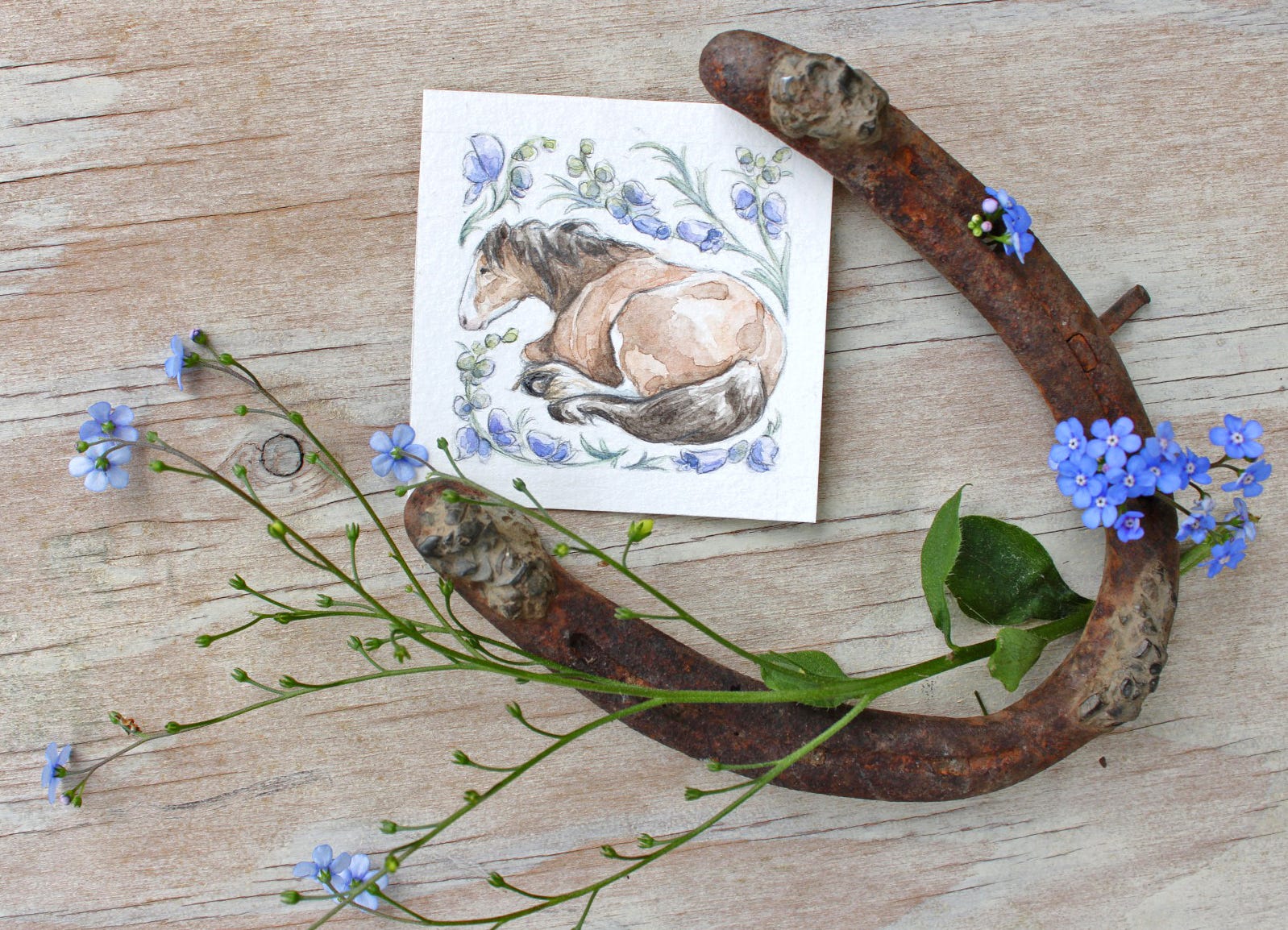

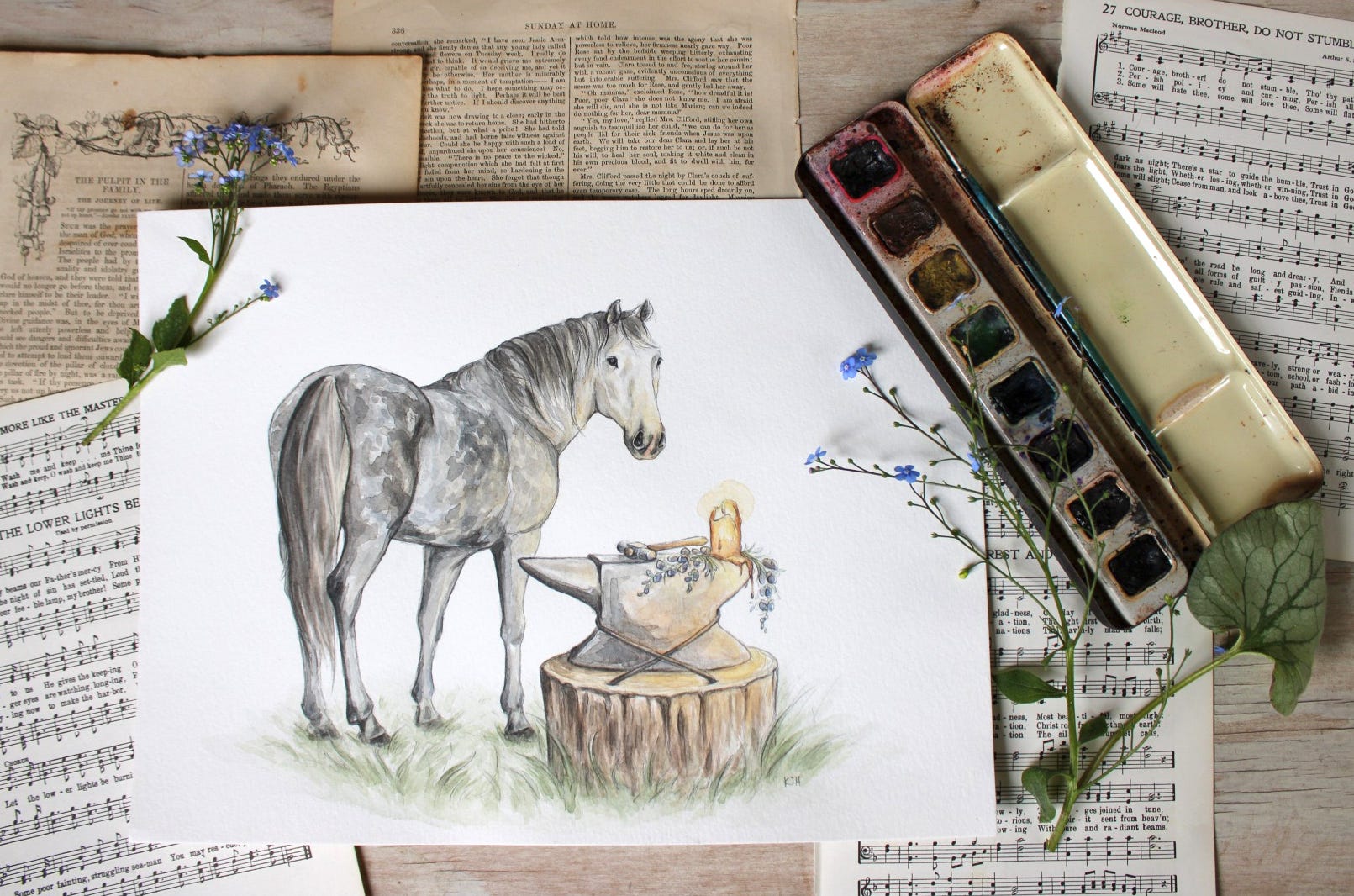


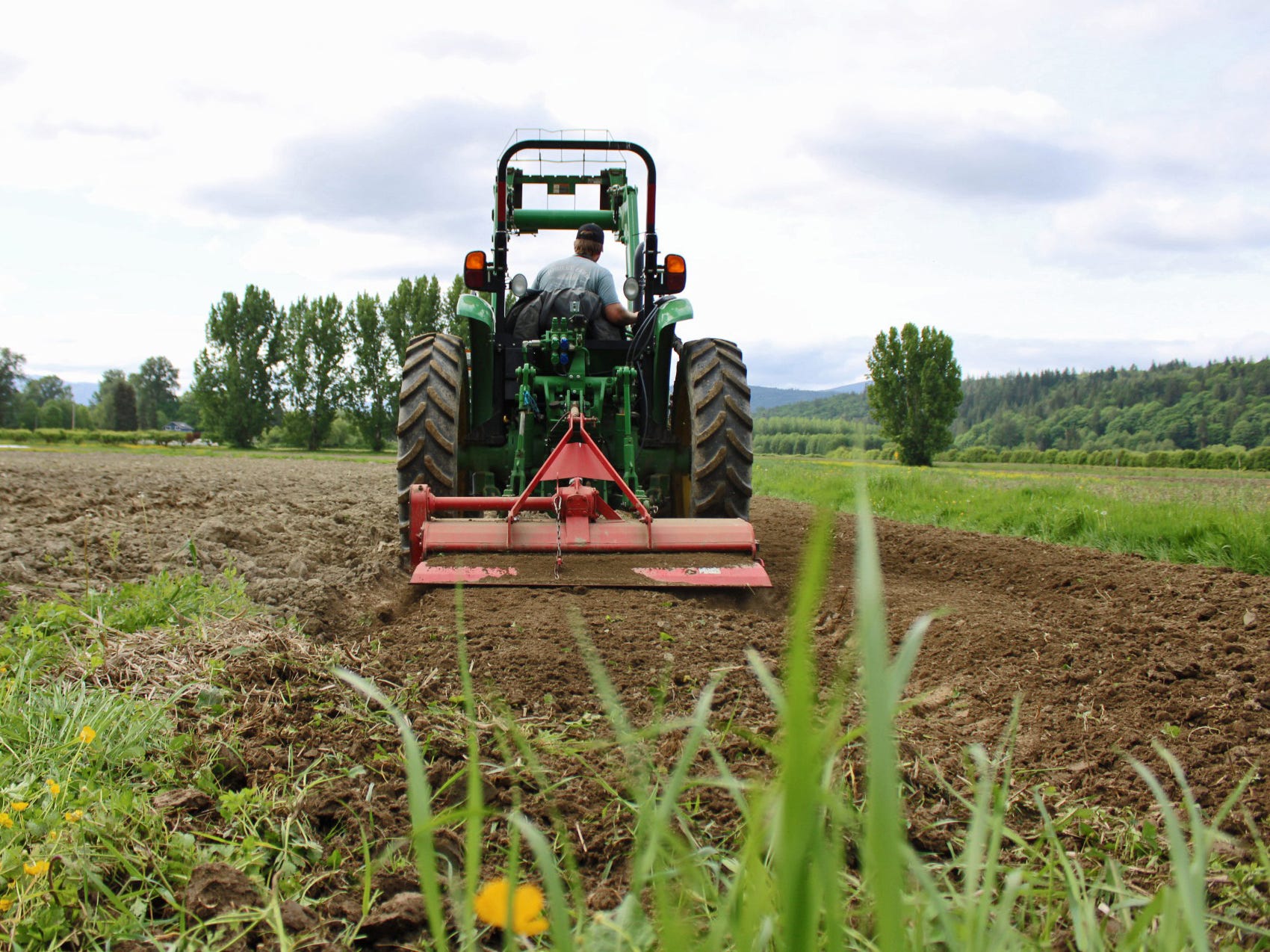
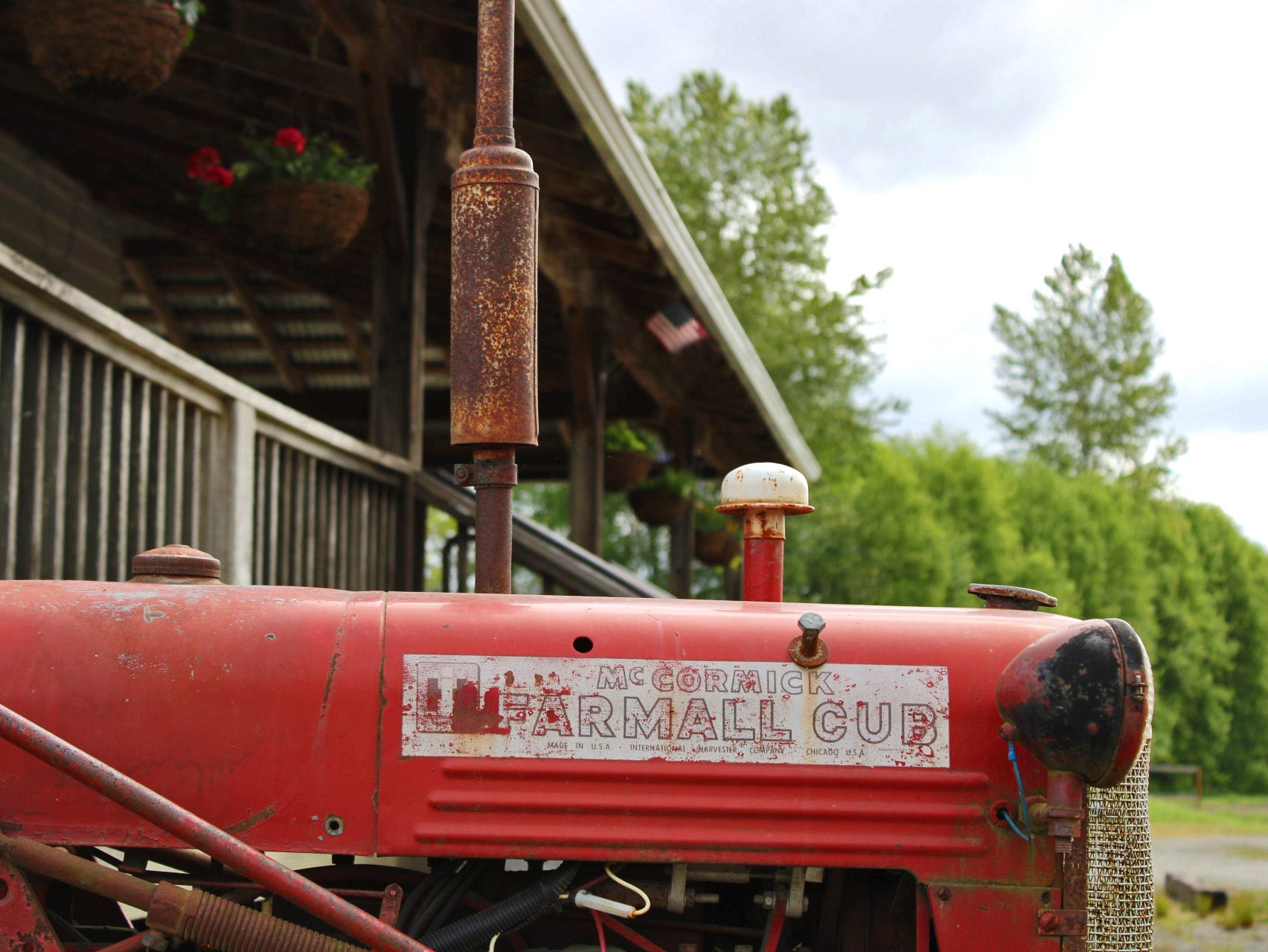



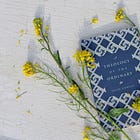
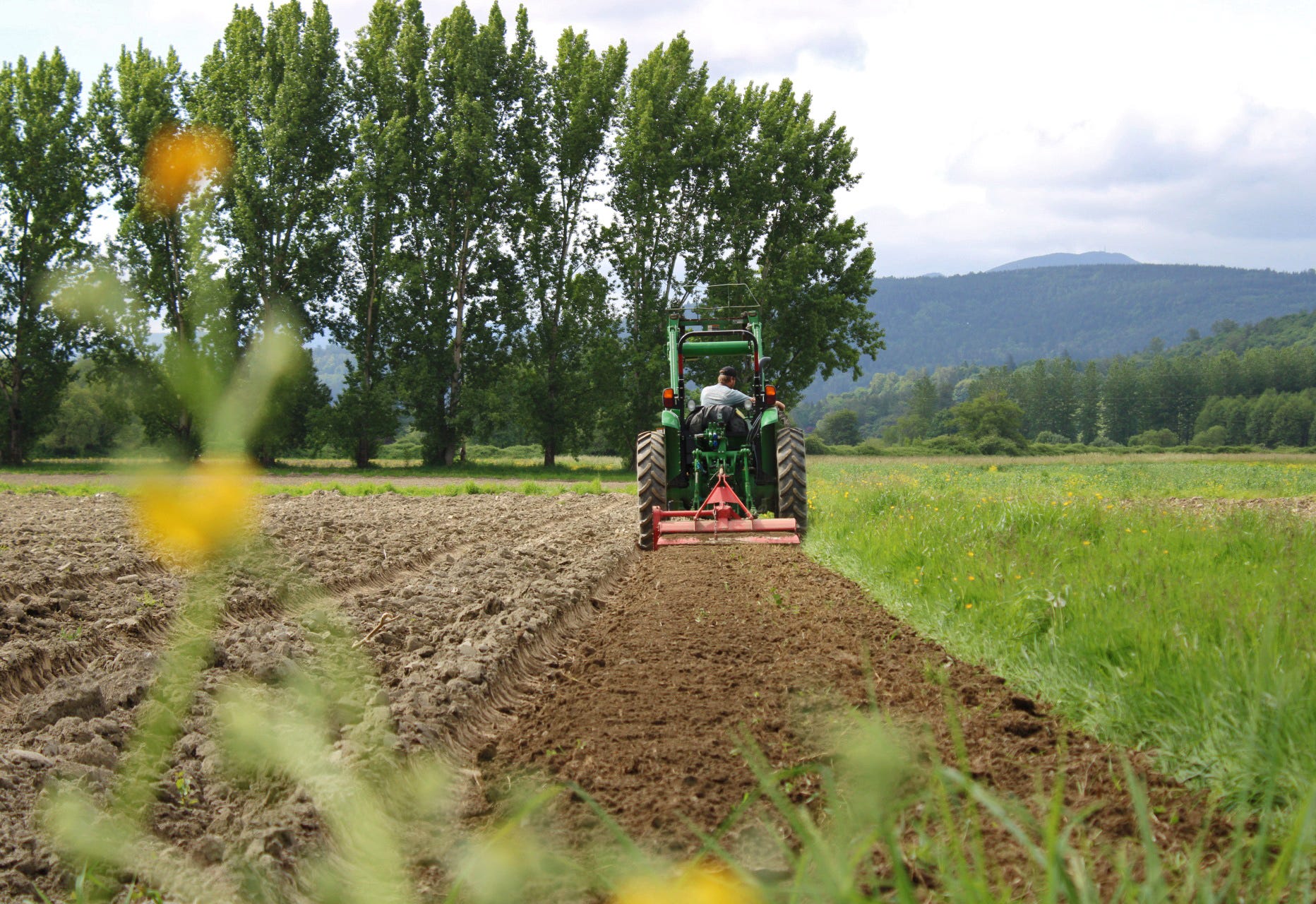
Love this! I only recently heard of St Dunstan, and it was actually through an ambitious project a group of Anglican priests and dreamers are pursuing in Virginia: St Dunstan's Academy, a residential school for boys (https://stdunstansacademy.org/). My husband connected with the founders shortly after we moved to this area (my husband is an Anglican deacon at a church in north-central North Carolina), and he has gone up to St Dunstan's several times to participate in their work days. They are timber-framing and building their own offices and dorms as they raise funds -- a project that seems even more fitting now that I know more about their namesake.
I use so many good tools during the day: an antique sickle in the garden, hand-knitted washcloth for scrubbing mountains of dishes, but the tools I'm most attached to are those I use for textile work: a good pair of fabric scissors, the knitting needles my foster brother gave me, the 1973 Kenmore sewing machine--once my mother's--that I use for all my sewing. These are the things I'd want to load in the wagon if fortune ever drove us into exile.
This post also reminds me of the way Japanese craftsmen treat their tools--for example, they don't toss out bent sewing needles, but save them up and then, on a special festival day, bury them with thanks and honor. I've often thought that I"d like to have a day for thanking God for tools with similar care -- maybe a day that I pull out all the tools and give them all a good shining, or display them on the front porch draped in ribbons. After reading your reflection, I think that St. Dunstan's day might be the best day for such a celebration. Let's use the tools of our trade to take the devil by the nose! Amen and hallelujah!
As a musician, I have my instruments: guitar, flute, conga drum, and a few others. There are times when I get too busy with other things, and don't give enough time to the music. Consequently, some of the instruments get neglected. Perhaps I should consider passing some of the less-used ones on to someone who can give them more time. Good instruments are made to be played, after all.